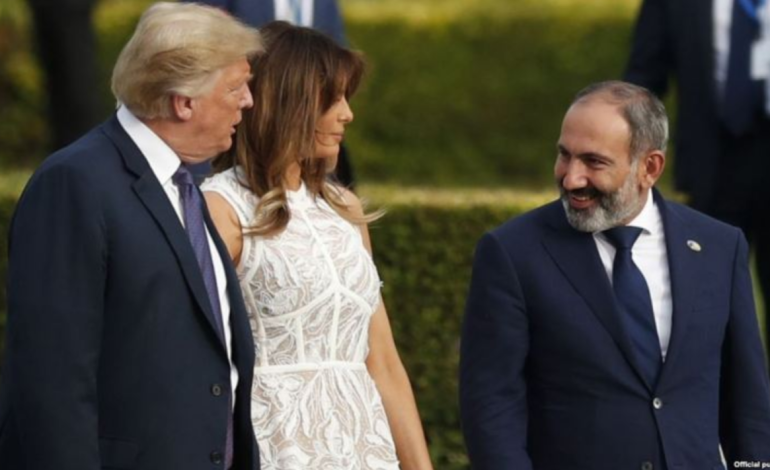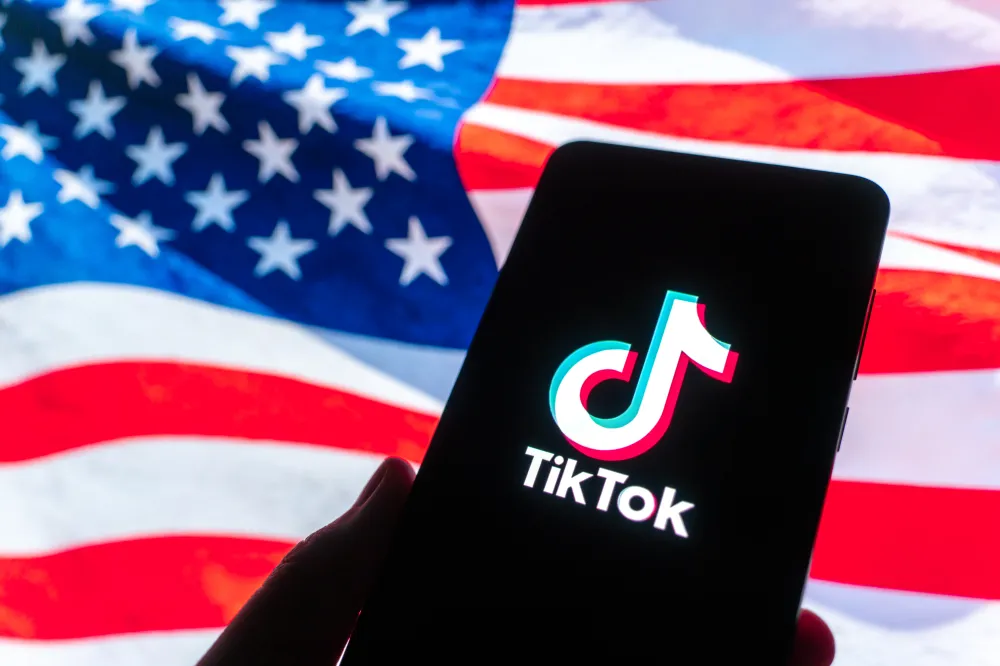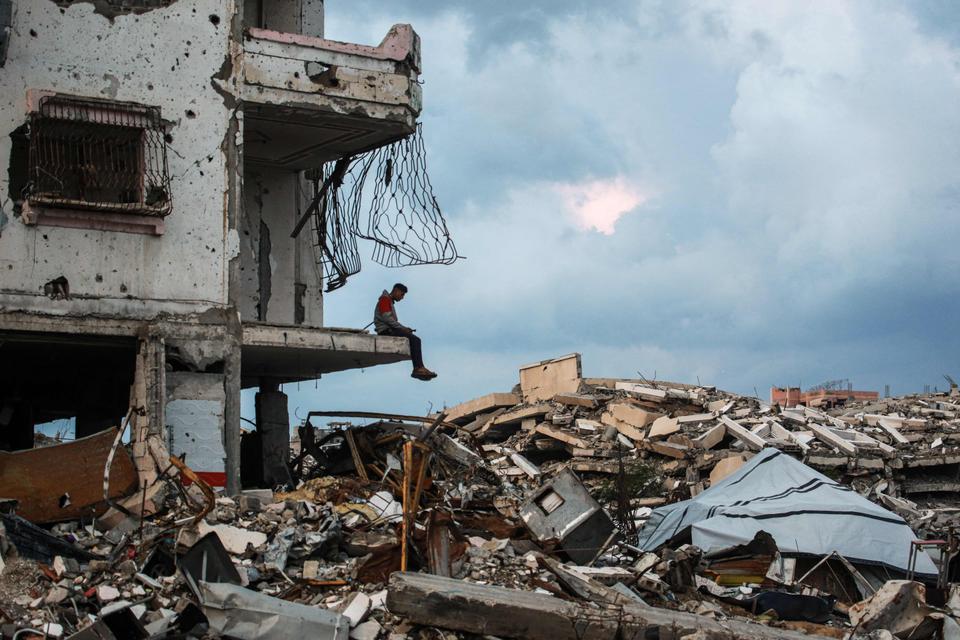ANALYSIS: The US Wants In, But Is It Stretching Too Thin in the South Caucasus?

The United States is eyeing a big geopolitical prize in the South Caucasus—but the real question is: can it afford another front?
As Russia’s grip on its old stomping grounds slips, both Armenia and Azerbaijan are walking away from the Kremlin, fast. And Washington, sensing an opportunity, is rushing in—pushing for peace talks, hosting summits, and eyeing key infrastructure like the Zangezur Corridor. But this isn’t just about helping out some faraway countries—it’s about muscling out Russia, boxing in Iran, and expanding US clout in yet another global hotspot.
Sound familiar?
Let’s be real: Russia’s war in Ukraine has drained it of the bandwidth and resources it once used to keep post-Soviet republics in line. Armenia’s feeling betrayed after Russia sat on its hands during Azerbaijan’s blitz of Nagorno-Karabakh. Azerbaijan, on the other hand, is cozying up to Türkiye and clashing with Russian authorities over arrests, airspace, and propaganda. For Moscow, it’s a slow-motion train wreck.
Cue the United States, which will host Armenian Prime Minister Nikol Pashinyan and Azerbaijani President Ilham Aliyev on August 8. The goal? A historic peace deal. The prize? Influence over one of the most strategic regions bridging Europe, the Middle East, and Central Asia.
But this is no humanitarian mission. It’s hard power, dressed in diplomacy.
At the center of this tug-of-war is the Zangezur Corridor—a 40-kilometer stretch that would connect Azerbaijan to its exclave, Nakhchivan, and Türkiye, via southern Armenia. It’s part of the so-called Middle Corridor, a trans-Eurasian trade route that bypasses both Russia and Iran. Naturally, everyone wants a piece.
Russia thought it would control the corridor through its FSB under the 2020 ceasefire deal. But with Moscow sidelined and Washington stepping in, the US smells a chance to edge Russia out—and box Iran in. After all, if the corridor gets built without Russian oversight, US-aligned forces could dominate this critical passage, right on Iran’s northern doorstep.
That’s not going unnoticed in Tehran. Iranian leaders have made it crystal clear: cutting off Iran’s border with Armenia is a red line.
So what’s the US game here? Best case: a rare diplomatic win and a foothold in a new region. Worst case: overreach that draws it deeper into yet another conflict zone—with both Russia and Iran ready to push back.

Armenia has had it with Russia. After Moscow stood by as Azerbaijan retook Nagorno-Karabakh—forcing over 100,000 ethnic Armenians to flee—Prime Minister Pashinyan officially froze Armenia’s participation in the CSTO, the Kremlin’s answer to NATO.
Now, Armenia’s fast-tracking ties with the West. It’s inked a Strategic Partnership Charter with the US, passed legislation to begin EU accession talks, and started buying weapons from India, not Russia.
Even so, it’s not that simple. Armenia’s economy is still deeply tied to Moscow—especially through energy, trade, and remittances. Russia supplies 85% of Armenia’s gas and controls much of its energy infrastructure. That’s not an easy plug to pull.
Plus, Armenia has been a major backdoor for Russia’s sanctions evasion. Billions in Western tech and components—used in Russian missiles, drones, and warplanes—have funneled through Armenia since 2022. That pipeline could snap if Yerevan pivots too hard.
The US is talking a big game—hosting peace talks, pledging support, and pushing hard to counter Russian and Iranian influence. But when it comes to money and resources? It’s not bringing much to the table.
So far, total US aid to Armenia is just $340 million since 2021—pocket change compared to the billions Russia pumps in through trade and energy. And military assistance? Barely scratches the surface. Compare that to Ukraine or even smaller African nations and it becomes clear: Washington’s playing the long game here, but with short money.
Here’s the bigger issue: can the US afford to stretch itself any thinner?
It’s already neck-deep in Europe (thanks to Ukraine), the Indo-Pacific (hello, Taiwan), and the Middle East (Iran, Gaza, the Red Sea). Now, it’s carving out a front in the South Caucasus, a region tangled with tribal animosities, frozen conflicts, and more than a few landmines—literally and figuratively.
Washington might see this as an easy win: show up, broker peace, lock down a strategic corridor, and shove Russia and Iran to the sidelines. But the region’s history warns otherwise. Moscow and Tehran won’t just roll over—and the risks of blowback are real.
The South Caucasus might feel like low-hanging fruit for an America eager to reclaim its global swagger—but this isn’t a region where victories come easy. And for a country juggling crises across the globe, pushing too hard here might turn opportunity into overreach.
If the US really wants to stake its claim, it better be ready not just to shake hands and pose for photos—but to stick around when things get messy. Because in this part of the world, they always do.









The latest news in your social feeds
Subscribe to our social media platforms to stay tuned